The economic and military showdown between Venice and Constantinople during the late Renaissance.
Durazzo. Antiquamente detta epidamna citta nella provincia di Albania.
Out of stock
Description
This exciting 16th-century view of the Albanian town of Durazzo (Durrës) was engraved by Simone Pinargenti and published in his book Isole che son da Venetia nella Dalmatia et per tutto l’Arcipelago, fino a Costantinopoli, con le loro Fortezze e con le terre piu notabili di Dalmatia in 1573.
As is often the case with Lafreri-school engravings, the original compiler is unknown, and the composition was used in different ways and contexts in the late 16th century. The first time a version of this particular map was issued appears to be in Giovanni Francesco Camocio’s famous atlas of Mediterranean islands (Isole famoso), published between 1566 and 1574.
The view shows a rocky promontory containing the city of Durrës: Albania’s second-largest town in the 16th century and a critical Ottoman port. The fortified town dominates the view and is easily identified as Turkish from the crescent banner flying from its main tower. In the sea fronting it, we see a number of Venetian galleasses surrounding the city (two in the bay and four in open waters). Interestingly, the Venetian ships are not shown in the same aggressive attack stance that Camucio drew them in but are instead dispersed throughout the image. In doing so, Pinargenti reduced the military tension of the image. It also created ample free space in the sea fronting the town, which he uses for an elaborate compass rose.
Even though the initial draughtsman remains unidentified, both the Pinargenti and the Camucio maps appear to replicate an older original, which likely was circulated as a loose sheet. While Camucio’s first editions predate our example slightly, Pinargenti’s is more interesting due to its less confrontational atmosphere. In 1575, Donato Bertelli acquired the Camucio plate, to which he adds sequential numbering before reprinting it. The Pinargenti is thus the scarcer edition of the two.
Context is Everything
Durrës is a city with a rich history that dates back thousands of years. It was a significant port and trade hub since ancient times, known by various names, including Epidamnus, Dyrrachium, and Durazzo in Italian. Founded by the Greeks in the 7th century BC, Durrës became an important city in the region, serving as a strategic coastal settlement and a gateway to the Adriatic Sea. Over the centuries, the city saw the rise and fall of different empires, including the Romans, Byzantines, Normans, Venetians, and Ottomans. Each passing civilization has left its mark on the city, contributing to its cultural mosaic and diverse architectural heritage. Durrës played a crucial role in the Byzantine Empire, serving as the Byzantine navy’s base and an important center of commerce.
The town also played a prominent role as an Ottoman administrative and military center. The Ottomans captured the city in 1501 and incorporated it into their expanding empire. Under Ottoman rule, Durrës experienced significant development and witnessed the construction of mosques, hammams (public baths), and bazaars. The town remained part of the Ottoman Empire until 1912, when Albania gained independence. Today, visitors can explore the remnants of ancient Roman amphitheaters, Byzantine churches, Venetian fortifications, and Ottoman housing, each of which offer enticing glimpses into the city’s fascinating past.
Cartographer(s):
Simone Pinargenti was an influential figure during the Renaissance in Venice. Born on an unknown date and location, Pinargenti gained recognition as an Italian cartographer and publisher. He is particularly renowned for his work “Isole che son da Venetia nella Dalmatia et per tutto l’arcipelago fino a Costantiopoli” (1573), which in Lafreri-style showcased various maps and views of islands and regions in the Venetian Republic and Dalmatia.
Pinargenti’s publication provided valuable insights into the geography and topography of these areas during that time. While not much is known about his personal life, his contributions to the field of cartography continue to be appreciated as significant historical references.
Condition Description
Minor wear.
References
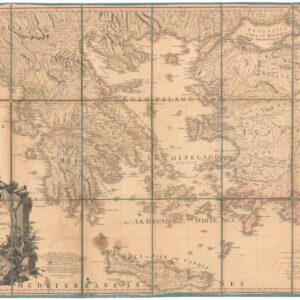
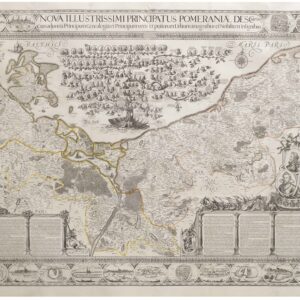
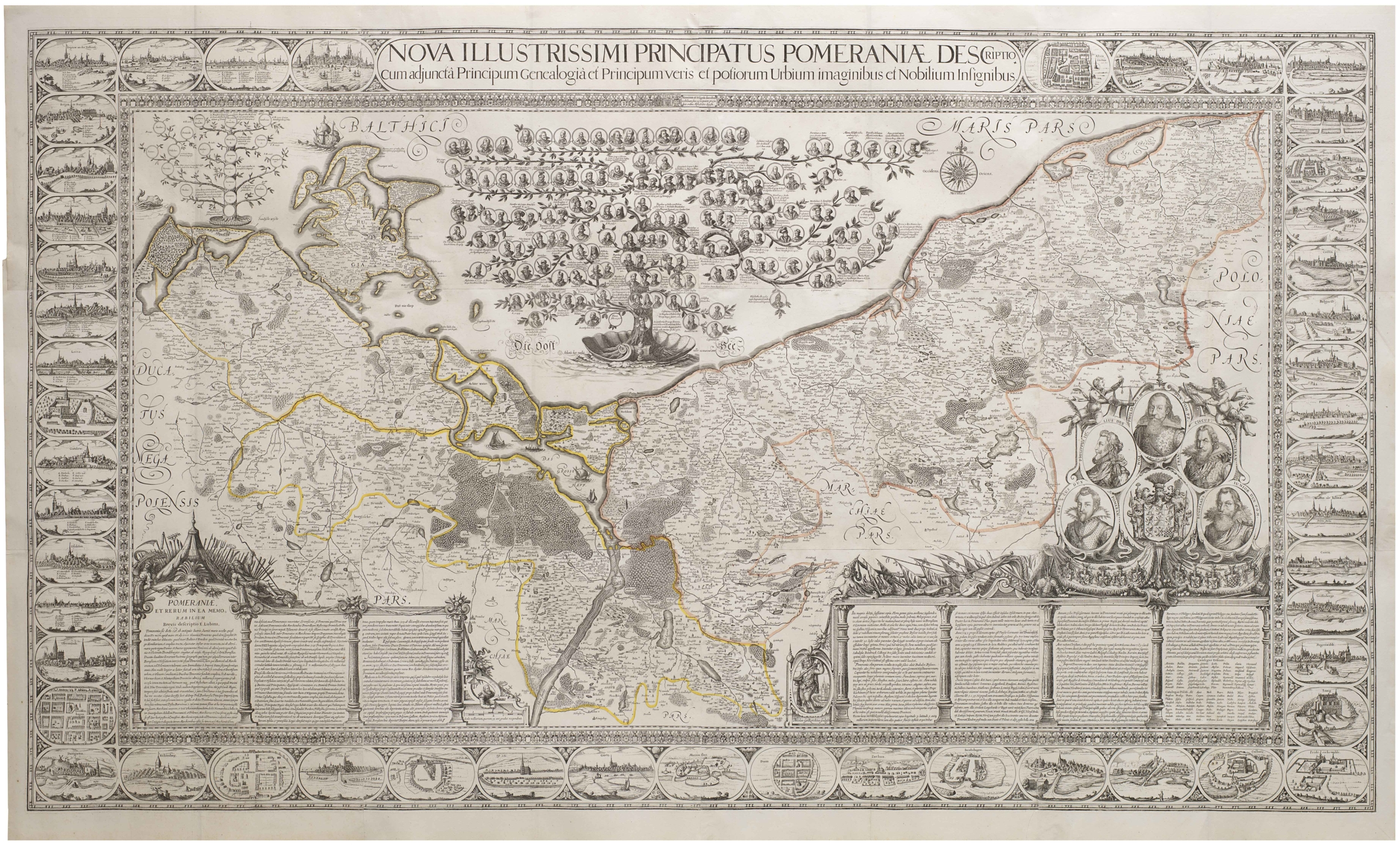
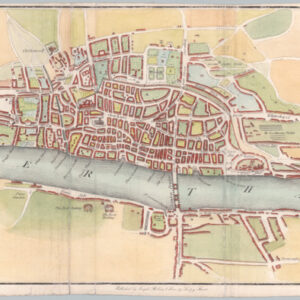
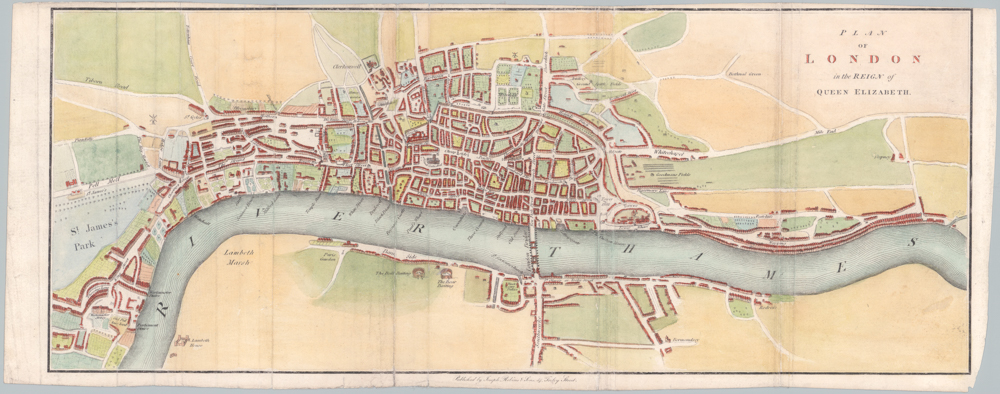
![Delimitation de la Zone Occupee [German Occupation of France]](https://neatlinemaps.com/wp-content/uploads/2019/12/NL-00782-scaled-300x300.jpg)
![Delimitation de la Zone Occupee [German Occupation of France]](https://neatlinemaps.com/wp-content/uploads/2019/12/NL-00782-scaled.jpg)